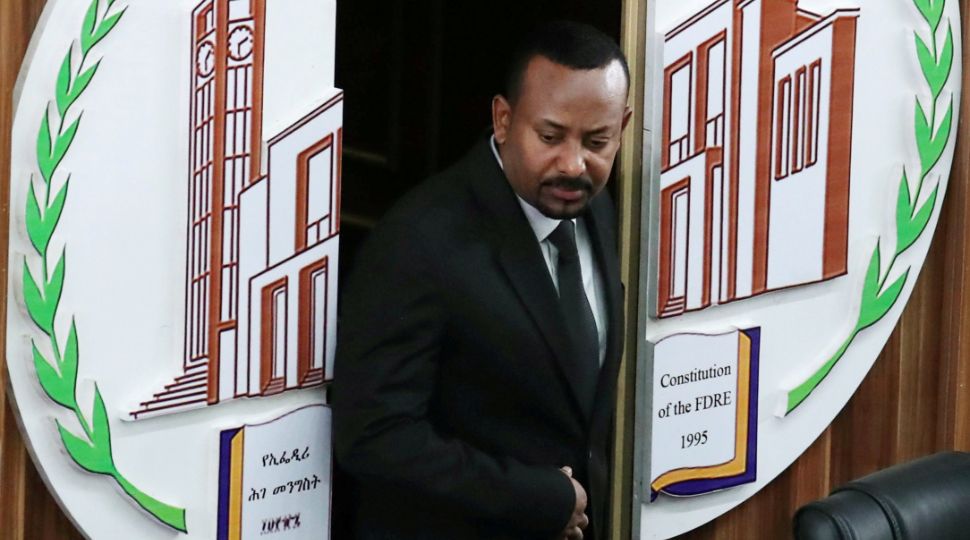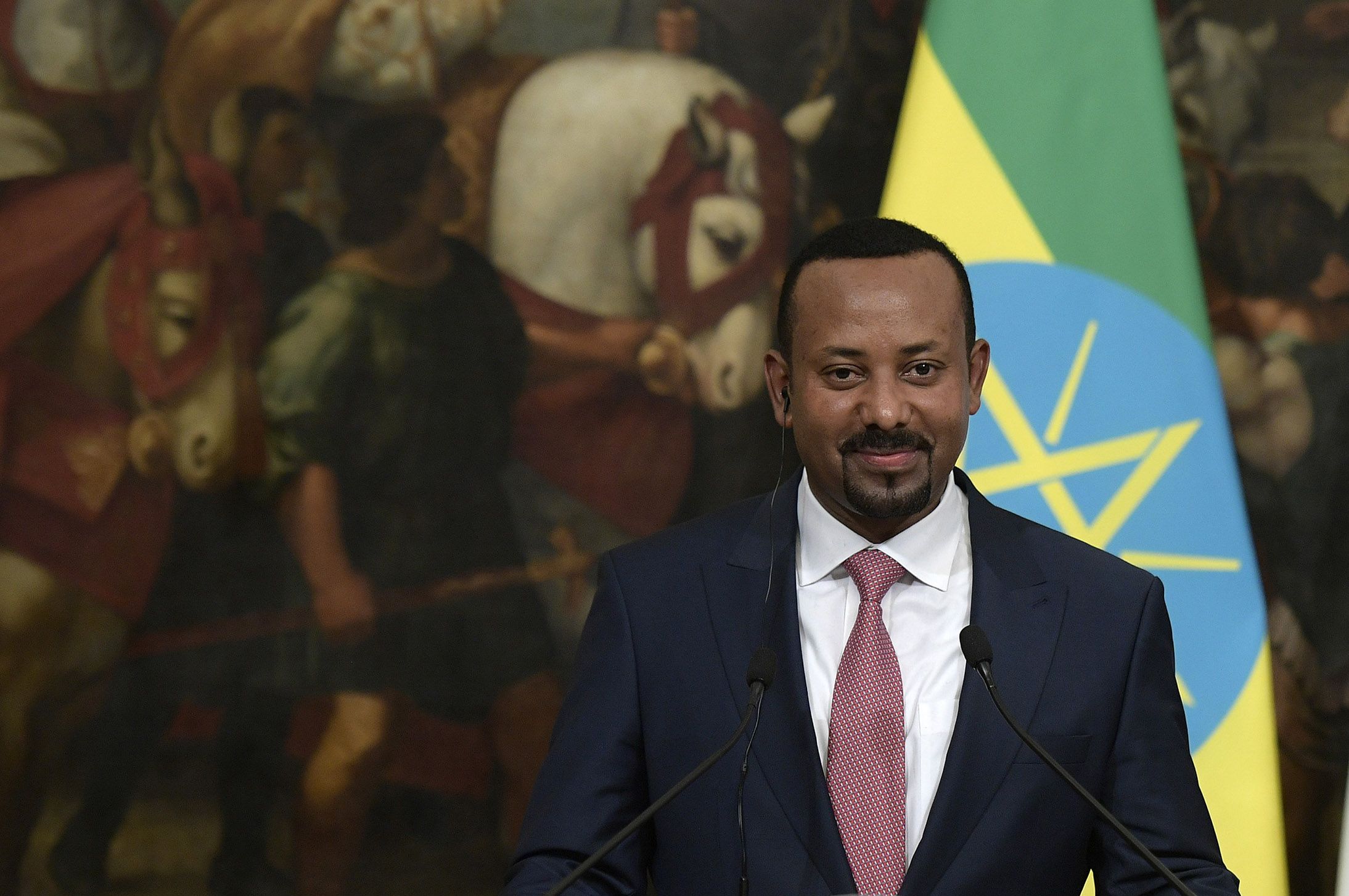Ethiopia: Ethnic Tensions Threaten State Stability

Ethiopia, a country of 100 million, is inhabited by numerous ethnic groups. The biggest include the traditionally marginalised Oromo (34%), the historically dominant Amharas (27%), the Tigrayans (6%), who between 1991 and 2018 controlled the state apparatus and economy, and Somalis (6%). Under the 1994-initiated system of ethnic federalism, the major ethnic groups were awarded autonomous political-territorial entities, with their own official languages and political organisations, as well as the right of secession. Since early 2018, the ethnic and territorial disputes have intensified. As a result, 2.4 million people have fled their homes. The head of the security structures of the Amhara federal state, Brig. Gen. Asaminew Tsige, attempted to exploit this situation to topple the moderate regional authorities and incite hostilities against Tigrayans throughout the country. In attacks he masterminded, the head of the Amhara administration (an ally of the prime minister) as well as the federal army’s chief of staff were assassinated. The central authorities then regained control of the situation, with more than 350 people arrested and Tsige shot dead in an ambush. The crisis was the most serious of the threats related to the increased ethnic tensions to date. It also exposed the costs and fallout of the liberalisation process—Tsige, like many other radicals, benefited from an amnesty that allowed them to embark on a path of agitation, inflaming tensions between communities.
Prime Minister’s Position in Ethiopia and the Region
Ahmed, since ascending to power in April 2018, has notched multiple successes in reconciliation and foreign policy. He lifted media restrictions, freed political prisoners, drove the opposition and armed rebel groups towards the mainstream—this included inviting Ginbot-7 and the Oromo Liberation Front groups, formerly labelled as terrorist, from their bases in Eritrea back to Ethiopia and signing peace with Somali separatists from Ogaden. He defused tensions in several flashpoints on the Horn of Africa by initialising rapprochement with Eritrea and establishing economic ties to Somalia. His mediation in Sudan in June 2019 enabled a return to talks on the transition from military to civilian rule. However, his support base in Ethiopia is systematically shrinking. The enthusiasm surrounding his first reforms has evaporated, replaced by distrust in his abilities and will to reform the core of the state apparatus, particularly the security sector. With delays in holding a national census, the 2020 target for holding elections is in question. But most of all, Ahmed hasn’t succeeded in gaining the trust of Ethiopians beyond his Oromo ethnic group, and the general public sees him mostly as a representative of this group’s interests.
Potential for Ethnic Conflict
As a result of the systemic separation of ethnic populations over the last quarter-century, the links between the ethnic regions, other than the common experience of the authoritarian state, began evaporating. The use of Amharic, Ethiopia’s lingua franca, is shrinking, and territorial disputes are on the rise between the federal states. They include in Oromia a rivalry over the ownership of Addis Ababa, a separate administrative unit. In February, Lemma Megersa, the then president of Oromia (currently the national minister of defence), considered a moderate, suggested relocations to the capital to change its demographic character to the Oromos’ political advantage. The Oromo Democratic Party (a member of the country’s ruling coalition) is radicalising in order not to lose support.
Equally uncertain is the situation in Amhara state, traditionally the most pro-Ethiopian one. A crisis there grew after the future coup leader called for the formation of militias to fight neighbouring ethnic groups, particularly the Tigrayans. Amhara maintains an economic blockade of the Tigray region that the central government is unable to end. The Tigray authorities, feeling they have lost privileged positions and seeing themselves subject to scapegoating, increasingly openly speak about secession. Simultaneously, the demands of ethnic groups lacking formal ethno-administrative representation are on the rise. In the Southern Region of Nations, Nationalities and Peoples, a state grouping some 60 minor groups, at least 10 of them seek the status of their own state. In July, clashes erupted after the government failed to hold a referendum on the formation of a new state for the Sidama, an ethnic group of 4 million people. A plebiscite now will be held in December.
Possible Scenarios
In the long run, the government might choose between confrontation or proactive or passive approaches towards the crisis. In the most likely—confrontation—the growing conflicts between the federation’s subjects provoke counteraction by the central authorities. That would mean limiting the scope of public debate to exclude the centres and those people stoking ethnic nationalism. Political parties would be examined against criteria of whether they pose a threat to the country’s unity and some will be de-legalised. Street protests would be suppressed by force. If the process is consequential and includes Oromia, it would undermine trust in Ahmed among his hard-line supporters who see him as the Oromo leader. In effect, the prime minister would be forced to partially restore the autocratic system.
The proactive variant requires building a pan-Ethiopian political movement as a counterbalance to ethnocentrism. For this, an attractive, non-ethnic programme that promotes Ethiopian identity must be presented. The PM’s ecological initiatives, such as a plan to clean up the riverbeds in the country or plant 4 billion trees, could become the framework for such a movement, but in the long run, it would need to set the goal of moving away from ethnic federalism towards civic values. With no grassroots demand for such a project in sight, it would have to be stimulated from the top down. It is impossible for a strong, non-ethnic party to emerge from it before the scheduled 2020 general elections, which makes them less likely to be conducted on time.
In the passive approach, the ethnic dynamics will be left to the regions to deal with, the security services would remain intact, and the government would focus on economic issues and casually reacting to new crises. In that scenario, a crisis similar to the one in June would be only a question of time and the chances for forming a functional government coalition from the radicalised ethnic parties limited.
International Consequences
Ethiopia’s internal situation is critically important to the stabilisation of the Horn of Africa, where the interests of the EU, China, Turkey, and the Gulf states, notably Saudi Arabia and the United Arab Emirates (UAE), clash. There is no risk for now that an internal crisis will push the government to point to a foreign threat and renew armed conflict with Eritrea. If the reconciliation process slows and cross-border movement almost dies out, Ethiopia will continue withdrawing forces from the contested border areas. The current dynamics are playing out in favour of the UAE, which prefers authoritarian governments in the region. The Emirates gave $1 billion to rebuild the country’s foreign currency reserves and pledged $2 billion in aid and investments. In return, Ethiopia re-introduced Islamic banking in the country, which strengthens the Emirati presence in the financial sector and supports its preferred undertakings.
From the EU’s point of view, a deepening of Ethiopia’s crisis would be unfavourable because it risks halting the establishment of new economic links in the region, such as the Ogaden-Djibouti pipeline, opening up the ports of Eritrea and Somalia for Ethiopian exports, and others. These developments are viewed as contributing to creating conditions that can limit irregular migration to Europe. For the EU Member States, they offer investment opportunities, for example, France is about to assist Ethiopia in rebuilding its fleet, which will be stationed in Eritrean ports. To counter the tensions, the EU should monitor the transparency of the census and electoral processes, support diplomatically and financially the central authorities’ pan-ethnic initiatives, and engage in developing a new formula for cooperation between the ethnic regions. It should also work to maintain the pace of economic integration in the region.





